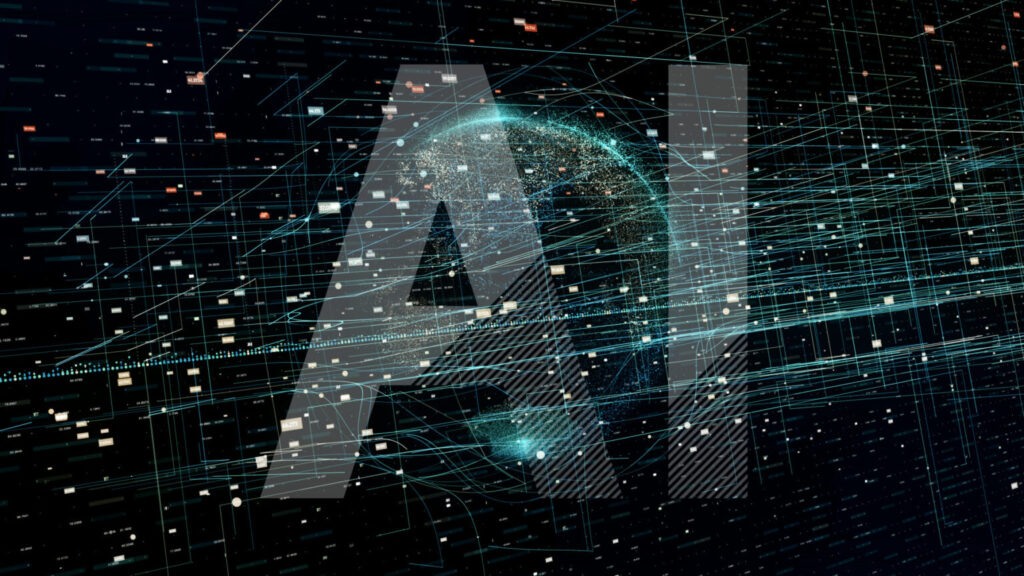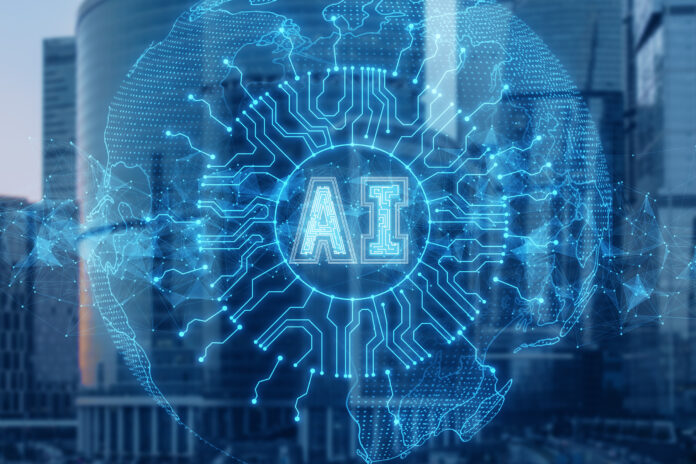When it comes to network impacts of gen AI, watch the uplink: Ericsson Mobility Report
Artificial intelligence, and generative AI in particular, is causing a “fundamental shift” in the nature of network traffic, according to the newly released Ericsson Mobility Report for June 2025.
The network equipment maker took a stab at quantifying both the current and future network changes that are being driven by gen AI. What does that look like? A lot of it has to do with the bi-directional nature of gen AI interactions. Here are eight takeaways from the report on the impact that gen AI is likely to have networks.
1. Gen AI accounts for a very small percentage of overall traffic right now. Gen AI traffic represents only 0.06% of total network data traffic, Ericsson reported. That percentage is expected to grow as adoption increases and gen AI agents are more widely embedded across devices and applications.
2. AI throws off the typical uplink/downlink ratio in mobile network traffic. Traffic distribution in most mobile networks skews heavily toward the downlink, Ericsson notes—on the level of 90% in the downlink and only 10% in the uplink. AI traffic, however, has a much higher percentage of uplink traffic: 26 percent uplink traffic and 74 percent downlink, according to the report.
Ericsson said that emerging gen AI-based, bi-directional traffic “leads to a new traffic profile that differs sharply from traditional patterns, in terms of volume, peak versus average characteristics, latency requirements, as well as packet size and frequency,” the report added.
3. Most AI-driven traffic is still downlink heavy. Keep that 74% downlink in figure in mind, though—it’s a big shift from the traditional model, but still downlink-heavy. A user puts in a request or query, and the gen AI model provides real-time, personalized information/data/content—usually far more content coming back to the user than the original request contained. Some gen AI apps which generate video content have a downlink-to-uplink ratio as high as 99% to 1%.

4. Immersive experiences will mean uplink intensive traffic. While the traffic dynamics of AI-native workloads are more bidirectional and context-sensitive in general, the Ericsson report said, the real uplink-heavy scenarios are those where AI agents are embedded in augmented reality (AR) experiences, which will flood the uplink with video traffic, sensor data and vocal conversations which the AI uses for real-time adaptation and inference. Immersive gaming with multi-user streaming and constant content generation could also fall into this category.
On-device or edge-based gen AI may lower the latency for these type of experiences, but they are still uplink-heavy scenarios that Ericsson said “are likely to define the next wave of traffic drivers and subsequently impact spectrum requirements, network planning, investment, and ecosystem alignment.”
5. Different types of AI agents will have different network impacts. As agentic AI becomes the new buzzword, the Ericsson report made a distinction between “on-demand” AI agents that respond to user requests and “always-on” AI agents that are proactive and autonomous. “Different types of AI agents present unique challenges in terms of compute demands, latency sensitivity and network resource consumption. Importantly, proactive AI agents will consume more resources and also need to be carefully managed to ensure user privacy and safety,” the report said.
Ericsson looked at a scenario of adoption of AR headsets reaching 20% adoption with an average usage of 5.6 minutes a way, and found that a “medium-quality” AI agent implementation could boost uplink traffic by 47% and downlink by 14%—figures which would definitely impact network planning, spectrum use and optimization strategies.
6. AI apps are exploding. While the term “AI app” is loosely defined at this point, Ericsson said that there were 115 million downloads of AI apps just in December 2024, up 81% year-over-year. Almost half of the more than 29,000 mobile AI apps in Apple’s App Store and Google Play were just released last year.
7. Still, only the widely adopted gen AI apps will have a measurable impact. While Ericsson expects gen AI to become pervasive across devices, applications and operating systems, it also says that “only applications with high adoption and high data rate requirements will impact mobile network traffic growth globally.”
The report declared that “not all GenAI-powered experiences will have a meaningful impact”, and said that niche uses like professional video editing, real-time audio translation or text-based chatbots aren’t the use cases that are likely to chew up bandwidth. It’s the ones like video-based AI assistants that are likely to cause significant network impacts, because they will need constant back-and-forth live video plus a level of language and contextual understanding that probably won’t be able to be supported on an end-device, according to the report.
8. ChatGPT is king among mobile apps. ChatGPT was the most-downloaded mobile AI app last year, with 250 million installations and 546 million active monthly users as of April 2025.
The Ericsson Mobility Report said that ChatGPT accounted for 60% of total AI traffic and 70% of all AI traffic in the uplink. Canva accounted for the second-largest traffic share, or 25% of the total, followed by Google’s Gemini AI with seven percent, and then Samsung’s Galaxy AI with two percent of the total.
Ericsson calculated that the traffic distribution for ChatGPT is 71% in the downlink and 29% in the uplink. Other gen AI apps like DeepSeek and Microsoft Copilot are more symmetrical in their traffic distribution, Ericsson said, while still others—like Invideo AI, which creates video content—are 99% downlink traffic.
9. So far, gen AI traffic can be handled with current spectrum. But it may drive new spectrum needs. Ericsson said that despite more pressure on the downlink, the traffic impact of gen AI is “manageable with the current 5G spectrum.” But operators have to plan ahead for projected net-new growth driven by gen AI use, the company added, that may call for additional spectrum in the midband and upper midband or centimeter-wave range to support the uplink requirements.
The report also said that augmented reality applications like smart glasses are “likely to incentivize hands-free and mobile usage – therefore, it may happen that more traffic will be consumed over 5G compared to indoor only Wi-Fi.”
Read more on the June 2025 Ericsson Mobility Report here.

